9.2: Plant Cell
- Page ID
- 12225
\( \newcommand{\vecs}[1]{\overset { \scriptstyle \rightharpoonup} {\mathbf{#1}} } \)
\( \newcommand{\vecd}[1]{\overset{-\!-\!\rightharpoonup}{\vphantom{a}\smash {#1}}} \)
\( \newcommand{\dsum}{\displaystyle\sum\limits} \)
\( \newcommand{\dint}{\displaystyle\int\limits} \)
\( \newcommand{\dlim}{\displaystyle\lim\limits} \)
\( \newcommand{\id}{\mathrm{id}}\) \( \newcommand{\Span}{\mathrm{span}}\)
( \newcommand{\kernel}{\mathrm{null}\,}\) \( \newcommand{\range}{\mathrm{range}\,}\)
\( \newcommand{\RealPart}{\mathrm{Re}}\) \( \newcommand{\ImaginaryPart}{\mathrm{Im}}\)
\( \newcommand{\Argument}{\mathrm{Arg}}\) \( \newcommand{\norm}[1]{\| #1 \|}\)
\( \newcommand{\inner}[2]{\langle #1, #2 \rangle}\)
\( \newcommand{\Span}{\mathrm{span}}\)
\( \newcommand{\id}{\mathrm{id}}\)
\( \newcommand{\Span}{\mathrm{span}}\)
\( \newcommand{\kernel}{\mathrm{null}\,}\)
\( \newcommand{\range}{\mathrm{range}\,}\)
\( \newcommand{\RealPart}{\mathrm{Re}}\)
\( \newcommand{\ImaginaryPart}{\mathrm{Im}}\)
\( \newcommand{\Argument}{\mathrm{Arg}}\)
\( \newcommand{\norm}[1]{\| #1 \|}\)
\( \newcommand{\inner}[2]{\langle #1, #2 \rangle}\)
\( \newcommand{\Span}{\mathrm{span}}\) \( \newcommand{\AA}{\unicode[.8,0]{x212B}}\)
\( \newcommand{\vectorA}[1]{\vec{#1}} % arrow\)
\( \newcommand{\vectorAt}[1]{\vec{\text{#1}}} % arrow\)
\( \newcommand{\vectorB}[1]{\overset { \scriptstyle \rightharpoonup} {\mathbf{#1}} } \)
\( \newcommand{\vectorC}[1]{\textbf{#1}} \)
\( \newcommand{\vectorD}[1]{\overrightarrow{#1}} \)
\( \newcommand{\vectorDt}[1]{\overrightarrow{\text{#1}}} \)
\( \newcommand{\vectE}[1]{\overset{-\!-\!\rightharpoonup}{\vphantom{a}\smash{\mathbf {#1}}}} \)
\( \newcommand{\vecs}[1]{\overset { \scriptstyle \rightharpoonup} {\mathbf{#1}} } \)
\( \newcommand{\vecd}[1]{\overset{-\!-\!\rightharpoonup}{\vphantom{a}\smash {#1}}} \)
\(\newcommand{\avec}{\mathbf a}\) \(\newcommand{\bvec}{\mathbf b}\) \(\newcommand{\cvec}{\mathbf c}\) \(\newcommand{\dvec}{\mathbf d}\) \(\newcommand{\dtil}{\widetilde{\mathbf d}}\) \(\newcommand{\evec}{\mathbf e}\) \(\newcommand{\fvec}{\mathbf f}\) \(\newcommand{\nvec}{\mathbf n}\) \(\newcommand{\pvec}{\mathbf p}\) \(\newcommand{\qvec}{\mathbf q}\) \(\newcommand{\svec}{\mathbf s}\) \(\newcommand{\tvec}{\mathbf t}\) \(\newcommand{\uvec}{\mathbf u}\) \(\newcommand{\vvec}{\mathbf v}\) \(\newcommand{\wvec}{\mathbf w}\) \(\newcommand{\xvec}{\mathbf x}\) \(\newcommand{\yvec}{\mathbf y}\) \(\newcommand{\zvec}{\mathbf z}\) \(\newcommand{\rvec}{\mathbf r}\) \(\newcommand{\mvec}{\mathbf m}\) \(\newcommand{\zerovec}{\mathbf 0}\) \(\newcommand{\onevec}{\mathbf 1}\) \(\newcommand{\real}{\mathbb R}\) \(\newcommand{\twovec}[2]{\left[\begin{array}{r}#1 \\ #2 \end{array}\right]}\) \(\newcommand{\ctwovec}[2]{\left[\begin{array}{c}#1 \\ #2 \end{array}\right]}\) \(\newcommand{\threevec}[3]{\left[\begin{array}{r}#1 \\ #2 \\ #3 \end{array}\right]}\) \(\newcommand{\cthreevec}[3]{\left[\begin{array}{c}#1 \\ #2 \\ #3 \end{array}\right]}\) \(\newcommand{\fourvec}[4]{\left[\begin{array}{r}#1 \\ #2 \\ #3 \\ #4 \end{array}\right]}\) \(\newcommand{\cfourvec}[4]{\left[\begin{array}{c}#1 \\ #2 \\ #3 \\ #4 \end{array}\right]}\) \(\newcommand{\fivevec}[5]{\left[\begin{array}{r}#1 \\ #2 \\ #3 \\ #4 \\ #5 \\ \end{array}\right]}\) \(\newcommand{\cfivevec}[5]{\left[\begin{array}{c}#1 \\ #2 \\ #3 \\ #4 \\ #5 \\ \end{array}\right]}\) \(\newcommand{\mattwo}[4]{\left[\begin{array}{rr}#1 \amp #2 \\ #3 \amp #4 \\ \end{array}\right]}\) \(\newcommand{\laspan}[1]{\text{Span}\{#1\}}\) \(\newcommand{\bcal}{\cal B}\) \(\newcommand{\ccal}{\cal C}\) \(\newcommand{\scal}{\cal S}\) \(\newcommand{\wcal}{\cal W}\) \(\newcommand{\ecal}{\cal E}\) \(\newcommand{\coords}[2]{\left\{#1\right\}_{#2}}\) \(\newcommand{\gray}[1]{\color{gray}{#1}}\) \(\newcommand{\lgray}[1]{\color{lightgray}{#1}}\) \(\newcommand{\rank}{\operatorname{rank}}\) \(\newcommand{\row}{\text{Row}}\) \(\newcommand{\col}{\text{Col}}\) \(\renewcommand{\row}{\text{Row}}\) \(\newcommand{\nul}{\text{Nul}}\) \(\newcommand{\var}{\text{Var}}\) \(\newcommand{\corr}{\text{corr}}\) \(\newcommand{\len}[1]{\left|#1\right|}\) \(\newcommand{\bbar}{\overline{\bvec}}\) \(\newcommand{\bhat}{\widehat{\bvec}}\) \(\newcommand{\bperp}{\bvec^\perp}\) \(\newcommand{\xhat}{\widehat{\xvec}}\) \(\newcommand{\vhat}{\widehat{\vvec}}\) \(\newcommand{\uhat}{\widehat{\uvec}}\) \(\newcommand{\what}{\widehat{\wvec}}\) \(\newcommand{\Sighat}{\widehat{\Sigma}}\) \(\newcommand{\lt}{<}\) \(\newcommand{\gt}{>}\) \(\newcommand{\amp}{&}\) \(\definecolor{fillinmathshade}{gray}{0.9}\)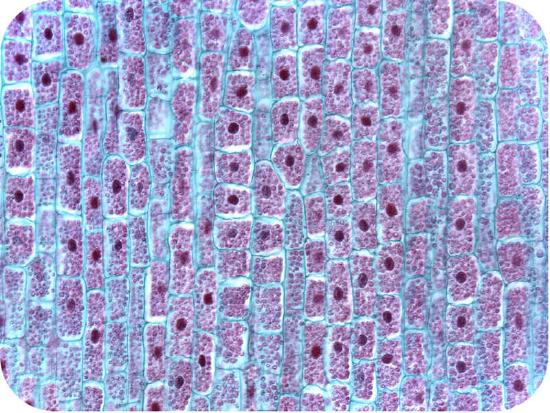
Why do plant cells look like little rectangles?
A section of a pine embryo. Notice how all the cells seem to stack on each other, with no spaces in between. MIght this allow the cells to form structures that can grow upright?
Organs in Plants?
Your body includes organ systems, such as the digestive system, made of individual organs, such as the stomach, liver, and pancreas, which work together to carry out a certain function (in this case, breaking down and absorbing food). These organs, in turn, are made of different kinds of tissues, which are groups of cells which work together to perform a specific job. For example, your stomach is made of muscle tissue to facilitate movement and glandular tissue to secrete enzymes for chemical breakdown of food molecules. These tissues, in turn, are made of cells specialized in shape, size, and component organelles, such as mitochondria for energy and microtubules for movement.
Plants, too, are made of organs, which in turn are made of tissues. Plant tissues, like ours, are constructed of specialized cells, which in turn contain specific organelles. It is these cells, tissues, and organs that carry out the dramatic lives of plants.
Plant Cells
Plant cells resemble other eukaryotic cells in many ways. For example, they are enclosed by a plasma membrane and have a nucleus and other membrane-bound organelles. A typical plant cell is represented by the diagram in Figure below.
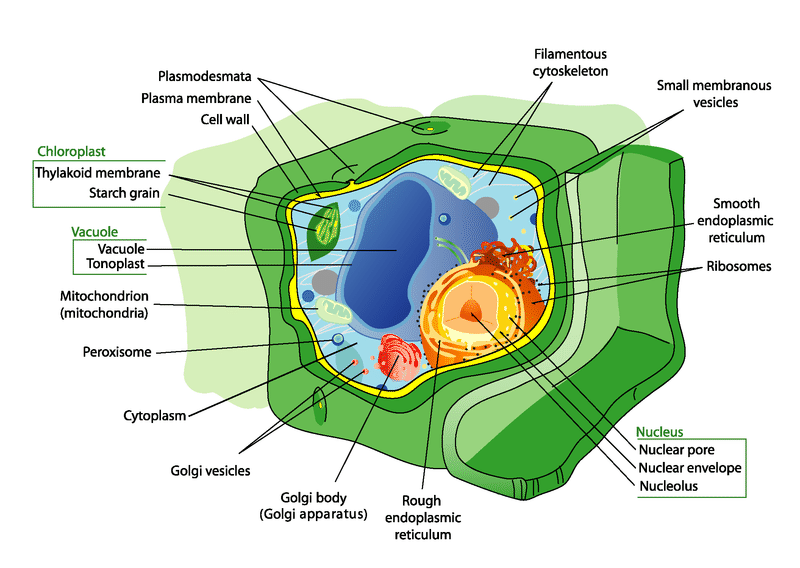 Plant cells have all the same structures as animal cells, plus some additional structures. Can you identify the unique plant structures in the diagram?
Plant cells have all the same structures as animal cells, plus some additional structures. Can you identify the unique plant structures in the diagram?Plant Cell Structures
Structures found in plant cells but not animal cells include a large central vacuole, cell wall, and plastids such as chloroplasts.
- The large central vacuole is surrounded by its own membrane and contains water and dissolved substances. Its primary role is to maintain pressure against the inside of the cell wall, giving the cell shape and helping to support the plant.
- The cell wall is located outside the cell membrane. It consists mainly of cellulose and may also contain lignin, which makes it more rigid. The cell wall shapes, supports, and protects the cell. It prevents the cell from absorbing too much water and bursting. It also keeps large, damaging molecules out of the cell.
- Plastids are membrane-bound organelles with their own DNA. Examples are chloroplasts and chromoplasts. Chloroplasts contain the green pigment chlorophyll and carry out photosynthesis. Chromoplasts make and store other pigments. They give flower petals their bright colors.
Types of Plant Cells
There are three basic types of cells in most plants. These cells make up ground tissue, which will be discussed in another concept. The three types of cells are described in Table below. The different types of plant cells have different structures and functions.
| Type of Cell | Structure | Functions | Example |
|---|---|---|---|
| Parenchymal |
cube-shaped loosely packed thin-walled relatively unspecialized contain chloroplasts |
photosynthesis cellular respiration storage |
food storage tissues of potatoes 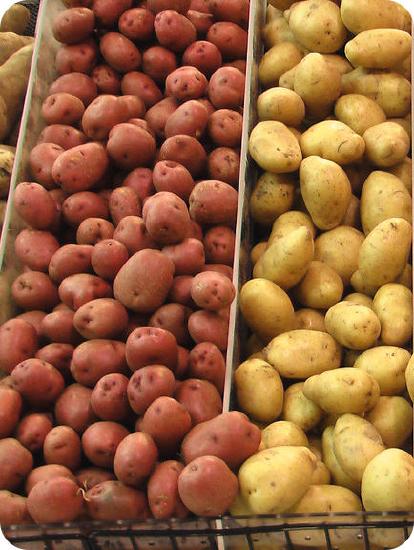 |
| Collenchymal |
elongated irregularly thickened walls |
support wind resistance |
strings running through a stalk of celery 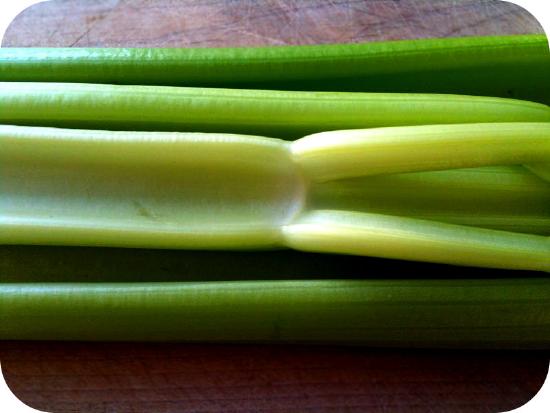 |
| Sclerenchymal | very thick cell walls containing lignin |
support strength |
tough fibers in jute (used to make rope)  |
Summary
- Plants have eukaryotic cells with large central vacuoles, cell walls containing cellulose, and plastids such as chloroplasts and chromoplasts.
- Different types of plant cells include parenchymal, collenchymal, and sclerenchymal cells. The three types differ in structure and function.
Review
- Identify three structures found in plant cells but not animal cells. What is the function of each structure?
- Describe parenchymal plant cells and state their functions.
| Image | Reference | Attributions |
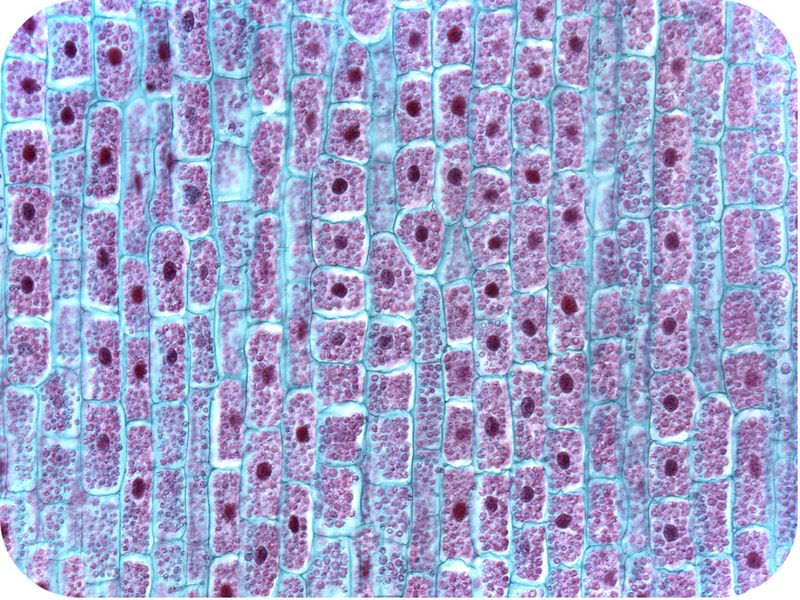 |
[Figure 1] | Credit: Mariana Ruiz Villarreal (User:LadyofHats/Wikimedia Commons) Source: commons.wikimedia.org/wiki/File:Plant_cell_structure_svg.svg License: commons.wikimedia.org/wiki/File:Astrocytre.jpg |
 |
[Figure 2] | Credit: Mariana Ruiz Villarreal (User:LadyofHats/Wikimedia Commons);Nerve cell: WA Lee et al.; Blood cell: Courtesy of National Institute of Health; Bacteria: TJ Kirn, MJ Lafferty, CMP Sandoe, and RK Taylor; Algae: EF Smith and PA Lefebvre; Pollen: L Howard and C Daghlian; Illustrations: Image copyright Alila Medical Media, 2014 Source: commons.wikimedia.org/wiki/File:Plant_cell_structure_svg.svg ; Nerve cell: commons.wikimedia.org/wiki/File:GFPneuron.png ; Blood cell: commons.wikimedia.org/wiki/File:Redbloodcells.jpg ; Bacteria: remf.dartmouth.edu/images/bacteriaSEM/source/1.html ; Algae: remf.dartmouth.edu/images/algaeSEM/source/1.html ; Pollen: remf.dartmouth.edu/images/botanicalPollenSEM/source/10.html ; Illustrations: http://www.shutterstock.com License: Public Domain; Nerve Cell: CC BY 2.5; Blood Cell: Public Domain; Bacteria: Public Domain; Algae: Public Domain; Pollen: Public Domain; Illustrations: License from Shutterstock |
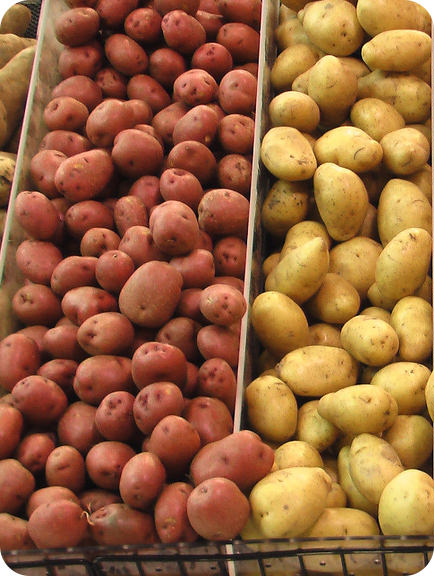 |
[Figure 3] | License: CC BY-NC |
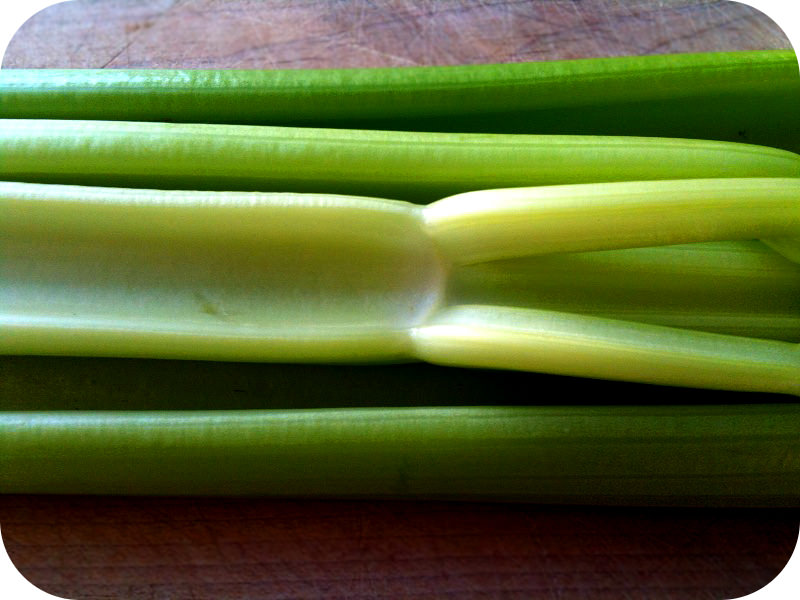 |
[Figure 4] | License: CC BY-NC |
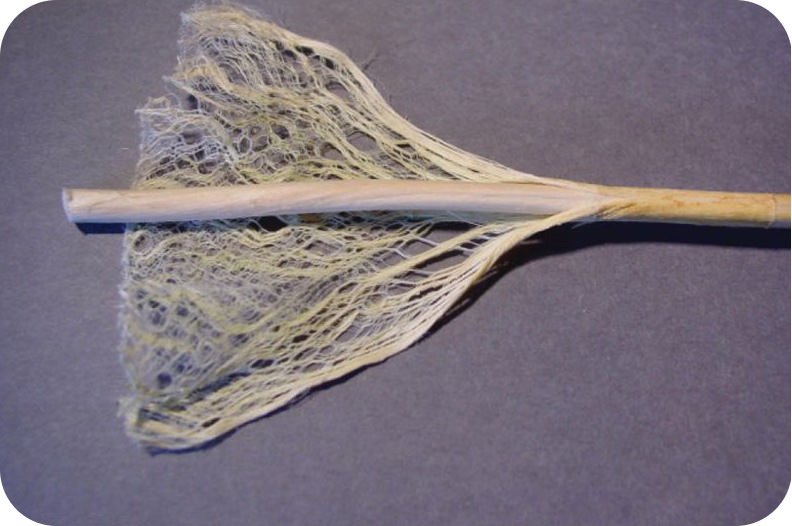 |
[Figure 5] | License: CC BY-NC |

